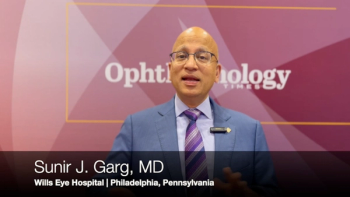
Self-tonometry a feasible option
Glaucomatous patients can safely obtain self-tonometry measurements after applying a topical anaesthetic to their eye.
Glaucomatous patients can safely obtain self-tonometry measurements after applying a topical anaesthetic to their eye, according to a study published in the December issue of Der Ophthalmologe.
Frank Tost, MD and colleagues from the Ernst Moritz Arndt University, Germany evaluated the tolerability of Alcaine 0.5% (proparacaine; Alcon) eye drops in 100 glaucoma subjects for telemonitoring or self-tonometry. Patients were monitored using a standardized questionnaire for one year, with telemonitoring or self-tonometries performed for at least six months.
Of the 83 subjects who completed the study, none showed any significant local or systemic symptoms or side effects. However, 36.1% did experience a minor conjunctival hyperemia immediately following application of the drops. This improved within one hour in 20.4% of the subjects.
Based on these findings, the researchers concluded that self-tonometry with a topical anaesthetic can be successful.
Newsletter
Get the essential updates shaping the future of pharma manufacturing and compliance—subscribe today to Pharmaceutical Technology and never miss a breakthrough.
















































